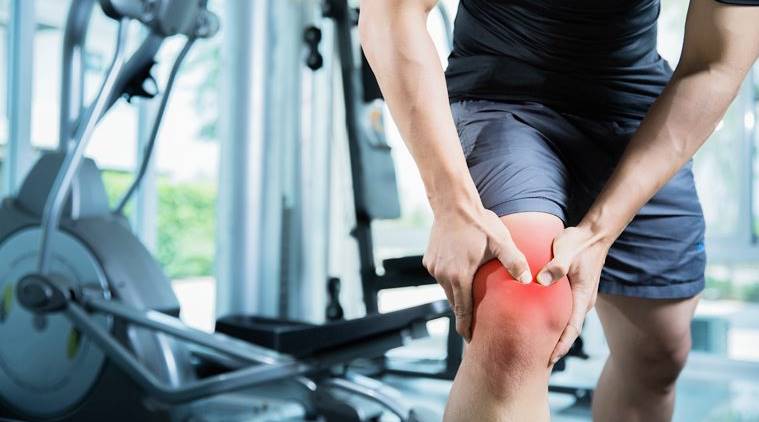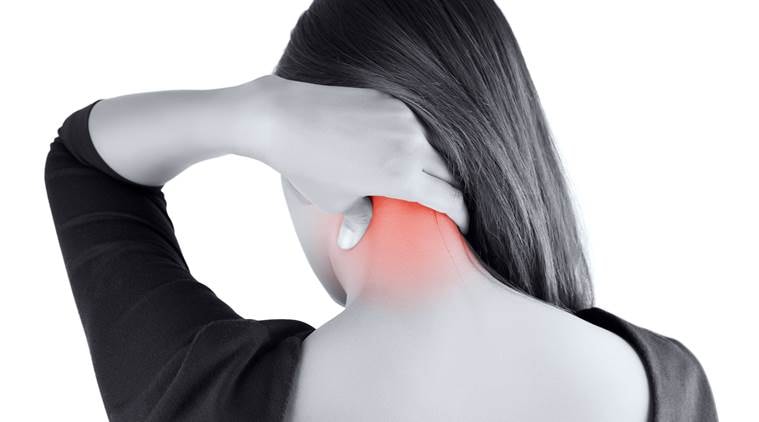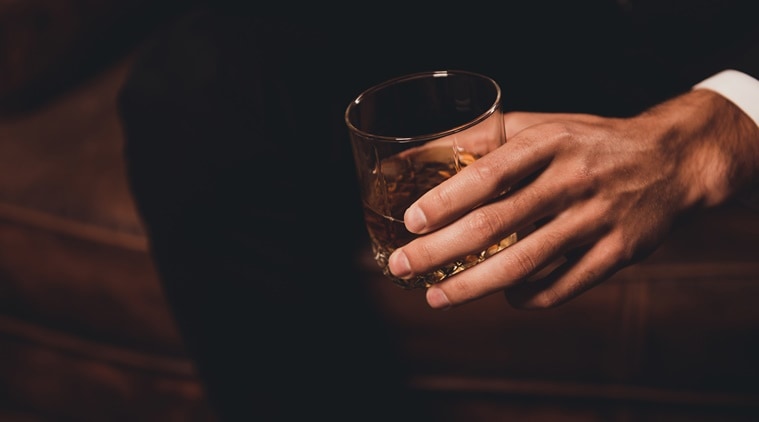It is often perceived that osteoporosis is not something one must worry about in the early ages. But is it so?

Solid physical ability and performance primarily results from strong bone health. Weaker bones may delay desired physical outcomes, physical milestones, and put a person at risk of sustaining serious injuries. It is often perceived that osteoporosis is an issue of the ‘seniors’, and that it is not something one must worry about in the early ages. Although it is true that most hip, spine and forearm fractures are likely to be seen in the elderly (people of 40– 65yrs), if you experience a fracture, and also show symptoms of osteoporosis, it may be too late to reverse the onset of the condition. It is therefore imperative to pay attention to bone health, especially if you have been diagnosed with osteoporosis.
Here are a few surprising clues to watch out for, that could signal ill-health of the bones, points out Dr Raghavendra KS, Consultant, Joint Replacement & Spine Surgeon, Fortis Hospital, Kalyan.
Brittle nails
Breaking of nails is not surprising, but if you notice nail splits and breakage often, it could be a signal. Brittle nails could result from numerous factors, but the two most prominent reasons are calcium and collagen deficiencies. Calcium deficiency can be tackled by consuming dairy products, green leafy vegetables, berries, soy, kale, sardines, and broccoli. Protein-rich sources of collagen are chicken, fish, beans, eggs and dairy products. Supplements for these deficiencies can also be used, after seeking advice from your doctor.

Receding gums
This is noticeable a after a period of time. Some patients experience that their gums retreat from the jawbone, which tremendously impacts the jaws. Studies show that women with osteoporosis are three times more likely to lose teeth at a young age. It is advisable that you visit your dentist and get treated in time.
Experiencing persistent cramps, aches and pain
Frequent muscle cramps and pain can be a sign of mineral or vitamin deficiency. If the problem persists it may lead to bone loss. Consult your doctor to seek immediate intervention.
ALSO READ | Oral Health: Useful tips to maintain good dental hygiene
Your heart races faster than usual
This refers to the number of times your heart beats per minute while your body is undertaking any physical task. It is widely understood that a person’s heart rate is a reflection of his fitness and physical capability. A resting pulse higher than 80 beats/min may increase the risk of pelvis, hip or spine fracture when getting up from a seated position. People who lead
sedentary lifestyles are those who tend to have higher resting heart rates, especially those who are overweight. It is advisable to exercise regularly. You can practice 30-minutes of brisk walking, tennis, running, dancing; guided zumba or aerobic classes could be considered too.

Alcohol intake
Daily consumption of over 2-3 ounces of alcohol may be harmful to the bones, even in young men and women. Heavy drinkers are further susceptible to bone loss and fractures. This is linked to both poor diet and increased risk of falling.
Smoking
Daily smoking of more than four cigarettes have a direct effect on the bones. This results in bone resorption, loss of minerals, finally leading to osteoporosis and fracture.
Medical history
Patients who are on medications for thyroid, asthma, post-menopausal, are on steroids, are more prone to develop resorption of bones, joint pains and osteoporosis.
? The Indian Express is now on Telegram. Click here to join our channel (@indianexpress) and stay updated with the latest headlines
For all the latest Lifestyle News, download Indian Express App.
Source: Read Full Article


